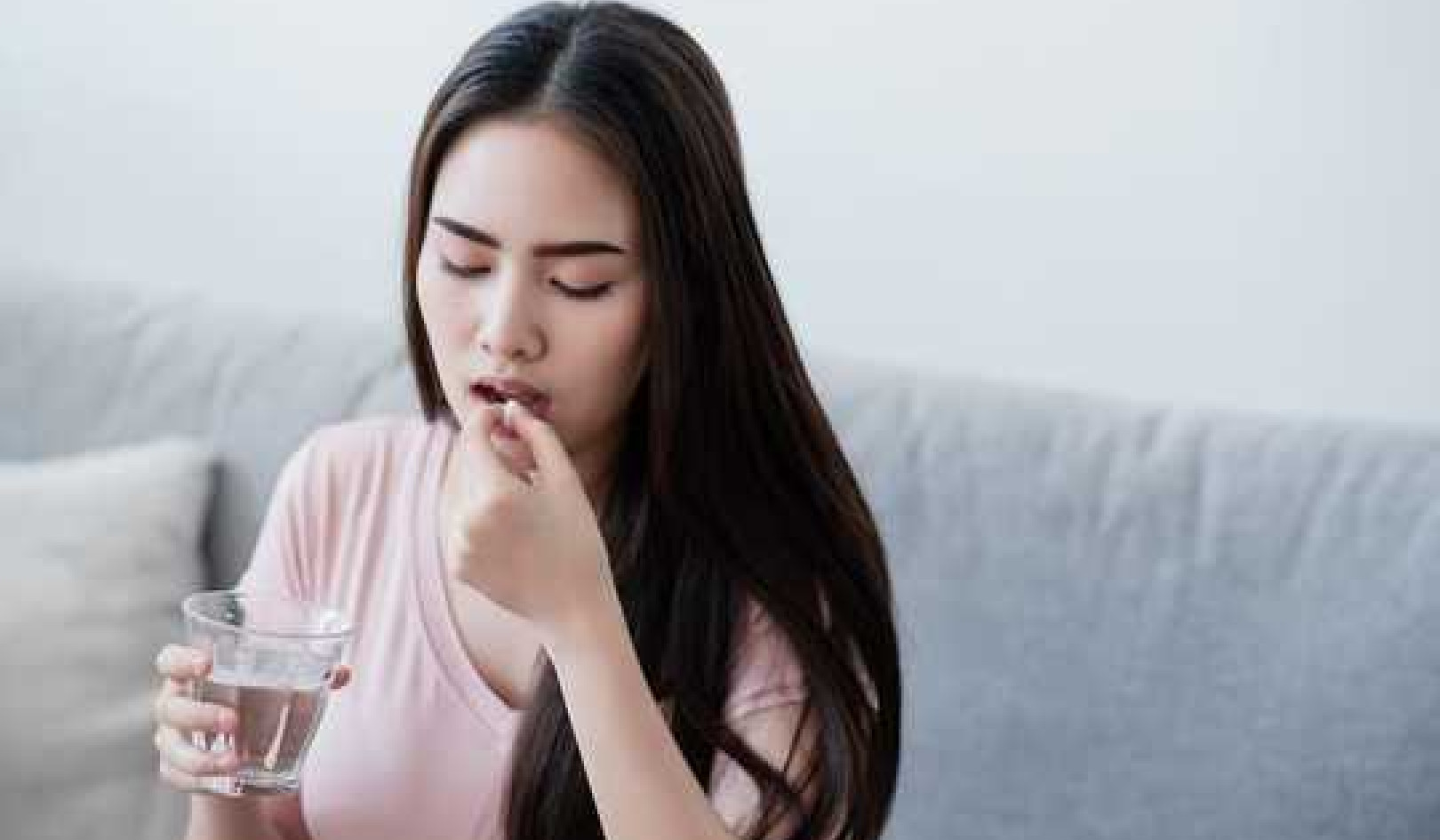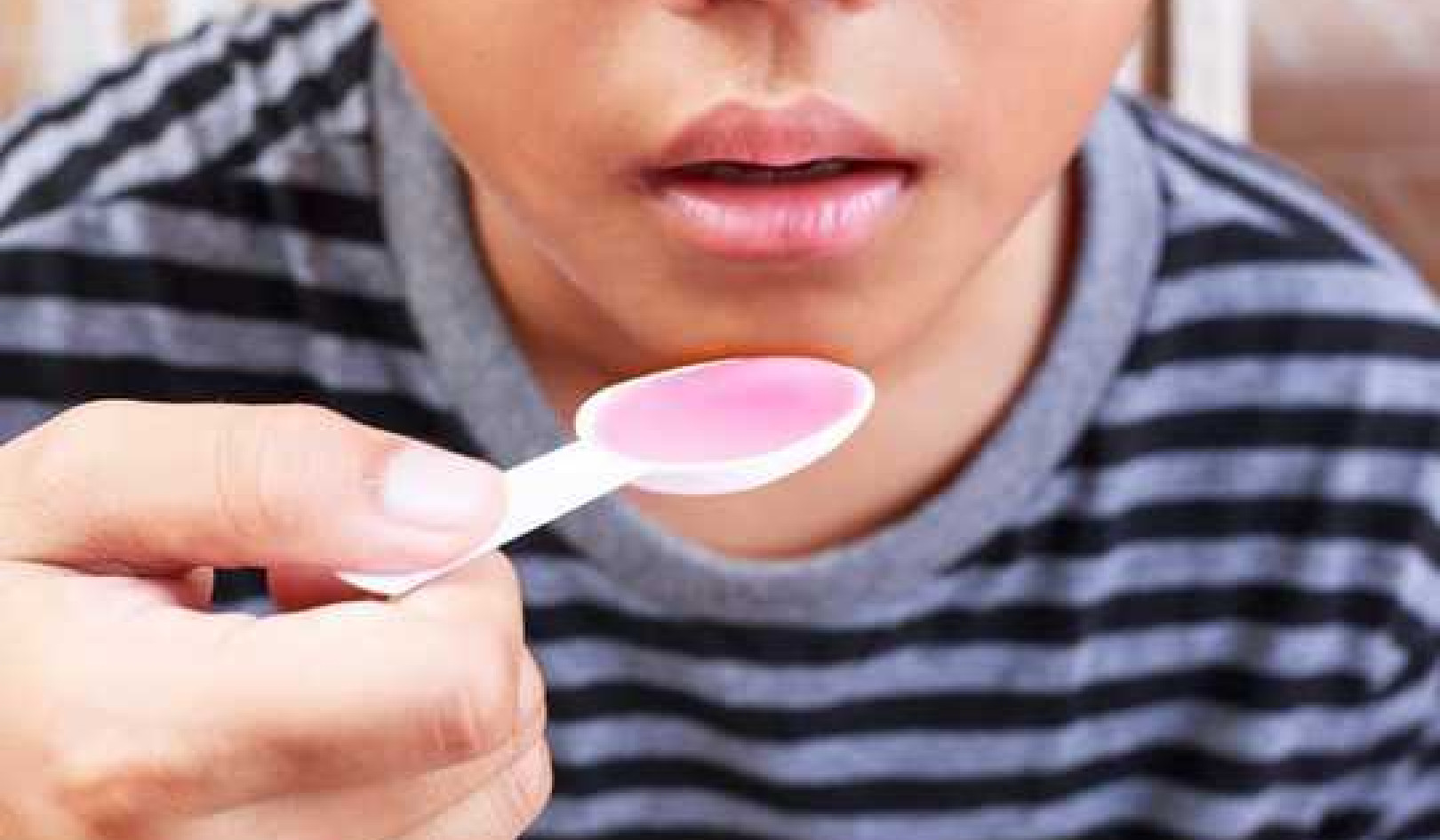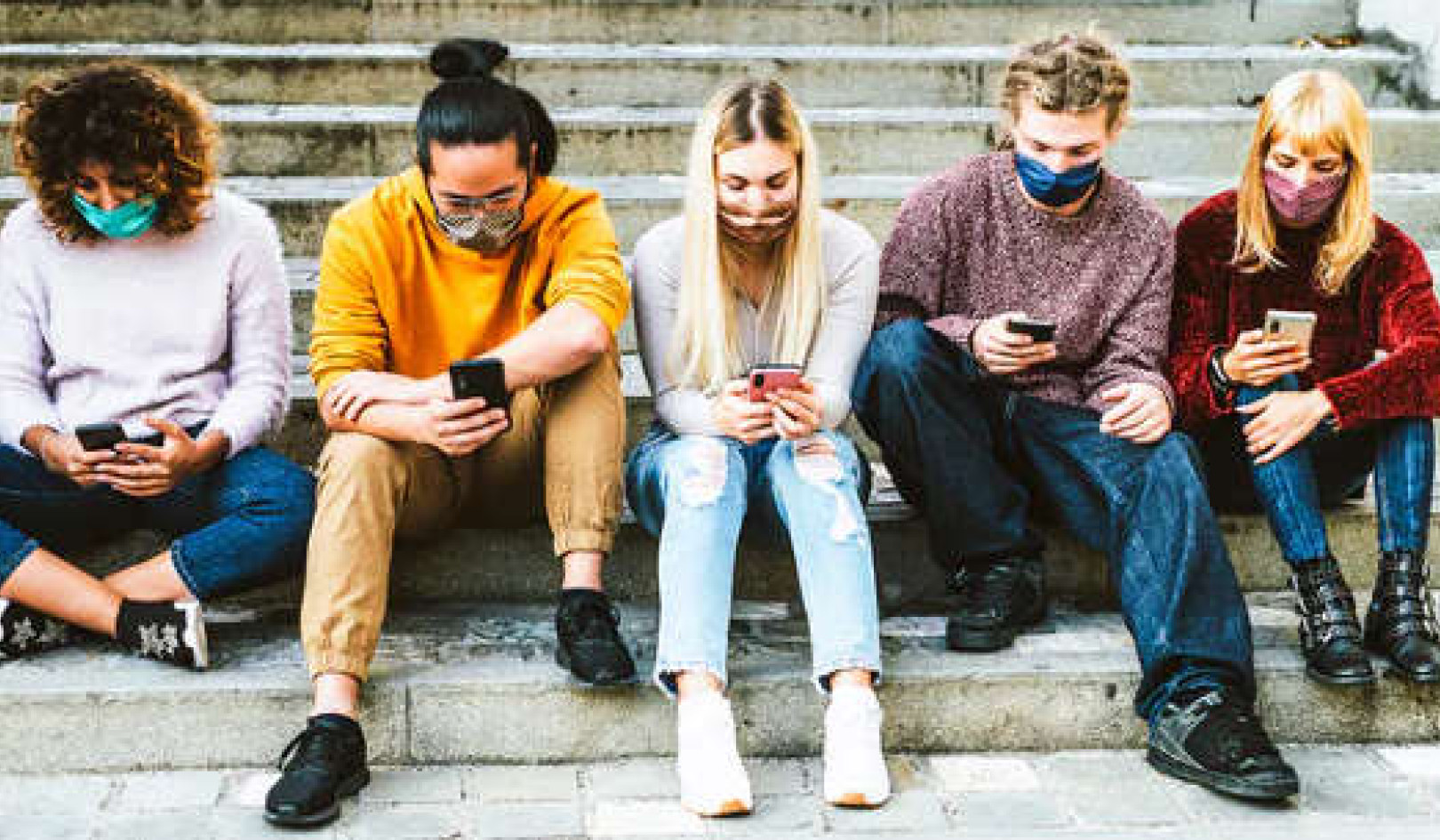
Image by Michal Jarmoluk
As soon as Kathryn Pyle learned from an emergency room doctor on March 12 that she had likely been sickened with COVID-19, she isolated herself at home in Philadelphia and scrambled to warn friends and work contacts that she may have infected them.
The 74-year-old filmmaker told editors she’d visited in New York and friends she’d seen recently in Providence, Rhode Island, that she had a headache, extreme fatigue and a dry cough. But how far back in her turquoise appointment calendar should she go to alert people? How long can someone be infected with the virus unknowingly?
It’s a question hundreds of thousands of people are asking themselves as they enter official or self-imposed quarantines or take contact tracing upon themselves. And the answer is now more unsettled than it was two weeks ago.
“My understanding was the incubation period was five days,” said Pyle, who gradually recovered more than a week ago but remained isolated at her home through Sunday. “I’m not a medical professional, so this is all a little unclear to me.”
For weeks, the World Health Organization and the Centers for Disease Control and Prevention have been saying that while half of those exposed get sick within about five days, they recommend 14-day quarantines for anyone knowingly exposed to the virus to prevent its spread. That quarantine period was extrapolated from an analysis published in January of a small sample of patients in Wuhan, China, which suggested that 95% of those infected would show symptoms within 12 and a half days.
But new studies indicate that it takes some people much longer to develop symptoms after they’re exposed – spurring some scientists to raise an alarm that 14 days is not enough. Some public health experts are calling for longer quarantine periods, especially for countries such as the United States, where relatively few people are being tested.
“Because the U.S. has such, such low testing rates and such poor coverage of the community in terms of identifying new cases that crop up, I would take a much more conservative approach, as in increasing the quarantine duration in the U.S.,” said Eric Feigl-Ding, an epidemiologist at the Harvard T.H. Chan School of Public Health and a senior fellow at the Federation of American Scientists. “I would advocate we need a much more stringent quarantine because a quarantine is like a perimeter around someone who you suspect may have this virus. But if you don’t have a good testing system for someone that escapes this quarantine detection, then you better have a really comprehensive, longer quarantine.”
A team of scientists from five universities in China and Canada released a study in mid-March that found that nearly 1 in 8 patients had incubation times longer than 14 days, leading them to question whether current quarantine recommendations are optimal.
“As the outbreak is fast-moving in the world, based on this analysis we recommended that an extension of adults’ quarantine period to 17 or 21 days could be more effective,” they wrote.
That team found that of the 2,015 COVID-19 cases they studied across China – a sample that included nearly 100 children – 233 patients had incubation periods longer than the 14-day quarantine period recommended by WHO and the CDC, or nearly 12%. The range of incubation days they saw ranged from 0 to 33 days.
“If you have 10 people in the city get the disease, maybe not (a) big deal,” said one of the researchers, Edwin Wang, a biochemistry professor at the University of Calgary. But, he said, if you have 10,000 people infected, you will have 1,200 people missed by the quarantine. “So that is a disaster.”
The researchers’ findings, like many COVID-19 studies, were published without peer review on medRxiv, a site run by Yale University and other institutions, to hasten public access to the information. “To halt a pandemic, a suitable quarantine period should be set by investigating incubation periods,” the study concluded.
The 14-day quarantine period put forward by WHO and the CDC was based on smaller studies of sicker hospitalized patients. But an estimated 80% of adult COVID-19 patients are not sick enough to be hospitalized, and people can be infectious with the new coronavirus well before they develop symptoms. The new study found that the median incubation period was seven days for adults and nine days for children, far longer than the mean of 5.2 days from an earlier study out of Wuhan.
A previous study published March 10 in the journal Annals of Internal Medicine had also identified longer incubation periods for a small minority of patients.
For that study, researchers from the Johns Hopkins Bloomberg School of Public Health and two other universities analyzed 181 cases of COVID-19 in 25 countries, from early January to late February. They found that 97.5% of people who developed symptoms did so within 11.5 days of exposure.
However, the researchers extrapolated that for every 10,000 exposed individuals, 101 would develop symptoms after a 14-day quarantine. Reuters reported on one such case in late February, that of a 70-year-old man in China’s Hubei Province who did not show symptoms until 27 days after he was infected.
“If your goal is to catch 99 out of 100 people, maybe 14 days of quarantine is OK,” Feigl-Ding said in response to the new findings. “One person may slip by and infect other people. So the question is, are you going to tolerate that kind of risk? This study should make every public health leader ask what is an acceptable risk tolerance for cases slipping out. I think our risk tolerance should be more than 1 in 100. It should potentially be 1 in 10,000.”
Feigl-Ding said researchers need to study whether the incubation period varies by age, gender and underlying health conditions.
“We should have solved this problem two months ago,” Feigl-Ding said.
‘We do not have the capability’
Heather Bollinger is a nurse in the emergency department at Zuckerberg San Francisco General Hospital, the city’s only Level I trauma center. She said it’s clear that current quarantine policies have not prevented some cases from falling through the cracks.
“We already have to acknowledge that there have been cases slipping out,” she said, “because otherwise, we wouldn’t have had community transmission.”
But she questions whether longer quarantines of medical staff are practical as case numbers mount and hospitals are stretched to their limits.
“Whether it’s justified or not, a long quarantine period would need to be sustainable,” she said. “There’s only a certain amount of health care workers.” According to SF Weekly, the hospital had 73 vacant nursing positions in February.
“The point of quarantines at this point is not necessarily to catch every single sick person,” said Justin Lessler, an associate professor of epidemiology at Johns Hopkins University and a co-author of the Annals of Internal Medicine study. He said the cost of taking nurses or firefighters out of the community during the quarantine period has to be balanced with the risk that they might develop COVID-19 and spread it.
“It’s not for us to say what that balance should be,” he said.
Sandy Adler Killen is an emergency room nurse at a Northern California hospital that, as of Sunday, had handled about 10 confirmed COVID-19 patients. “We do not have the capability” to quarantine exposed health care workers for more than two weeks, she said: “If we had numerous staff members that had to be quarantined for long periods of time, it’s just not tenable.”
Longer quarantines carry financial implications as well, Bollinger points out. “Those people that you’re quarantining need to be paid,” she said.
Felicia Goodrum, an immunobiology professor at the University of Arizona, emphasized that the vast majority of those exposed present symptoms within 14 days of a known exposure. “Does that leave outliers on the tail end of that curve?” she said. “Yes, absolutely. So would it be safer to quarantine for 16 days? Absolutely.”
She said that given the irregular incubation period, it is critical that people be tested for COVID-19 on the final day of their quarantines. “That would be the way to approach this, especially in a high-risk situation where you’re talking about a medical professional going back to work or, say, a caregiver at a nursing home,” she said.
The shedding risk
As the new coronavirus spreads, public health experts are debating another kind of quarantine: How long after a sick patient’s symptoms disappear should that person be isolated?
WHO recommends 14 days. The CDC’s advice is much less stringent, indicating that you can leave home 72 hours after your fever disappears if your coughing or shortness of breath has improved and it’s been at least seven days since your symptoms began. For those who can get tested – a rarity, given the shortage of test kits and the backlog at labs – the CDC suggests you should receive two negative tests, 24 hours apart, after your temperature has returned to normal.
The risks of the looser CDC recommendations were on clear display early in the U.S. outbreak when, in late February, the agency released from isolation a woman who had been evacuated from Wuhan. When she arrived in the U.S., she was taken to a health care facility near Joint Base San Antonio-Lackland and was in isolation for a few weeks after testing positive for COVID-19, according to the CDC. But after testing negative twice, she was released and visited a hotel and mall while a third test was pending.
That test came back positive. By that time, she had been out in the community for 12 hours. San Antonio Mayor Ron Nirenberg called the patient’s release a federal “screw-up,” declared a public health emergency and sued the federal government.
“I would encourage the federal administration to not wash its hands of the responsibility to protect the public,” Nirenberg said.
Recent studies from China and Europe have shown that people can shed the virus well after they recover. One study published March 11 in The Lancet examined 137 patients in two hospitals in Wuhan who survived COVID-19; researchers found they kept shedding the virus for a median of 20 days after they got sick. That means half of them were shedding for even longer periods – the longest was 37 days. Like much of the COVID-19 research, these findings were rushed into publication without peer review. The large group of authors from the Chinese Academy of Medical Sciences and other academic and medical institutions stressed, “Prolonged viral shedding provides the rationale for a strategy of isolation of infected patients and optimal antiviral interventions in the future.”
These new studies are very preliminary, but they have caught the attention of doctors dealing with COVID-19 patients and struggling to make sense of the glaring difference between the recommendations of WHO and the CDC. “This is a big contention currently,” said Dr. Frederick Davis, associate chair for emergency medicine at Long Island Jewish Medical Center in New Hyde Park, New York.
Davis’ emergency room has been inundated with patients whose symptoms are consistent with COVID-19. Some 20 to 30 each day have not been sick enough to admit. So doctors sent them home without testing them, instructing them to self-quarantine. Their recommendation so far has been shorter than WHO’s but much longer than the CDC’s.
“There is a lot we still don’t know on how long the virus stays around after symptoms resolve,” Davis said. “Currently, we are recommending 14 days’ isolation from the time of initial symptoms.” Because of the uncertainty, they also tell patients to see their primary care physician and get tested before ending their isolation.
Kathryn Pyle, the Philadelphia woman who self-quarantined, wasn’t given a test at her local ER. She recalls being advised to self-isolate for 14 days from the onset of her symptoms.
“I will be going into the normal quarantine that everybody is under in the city of Philadelphia and other places, which means that I can go out for a walk,” she said. “But I really shouldn’t interact with anybody. And I probably am not going to feel comfortable having transactions with people, you know, buying things in a store, for probably another five days or week, just to be cautious.”
For Pyle, among the biggest hardships of getting sick has been not knowing for sure whether she had COVID-19, whether she may have been infectious and exposed people before she felt ill, or how long she might be contagious now that she feels better.
“The uncertainty has really been the most difficult part,” Pyle said.
About the Authors
Data reporter Melissa Lewis contributed to this story. It was edited by Esther Kaplan and copy edited by Nikki Frick.
This story was originally published by Reveal from The Center for Investigative Reporting, a nonprofit news organization based in the San Francisco Bay Area. Learn more at revealnews.org and subscribe to the Reveal podcast, produced with PRX, at revealnews.org/podcast.
Jennifer Gollan can be reached at
























